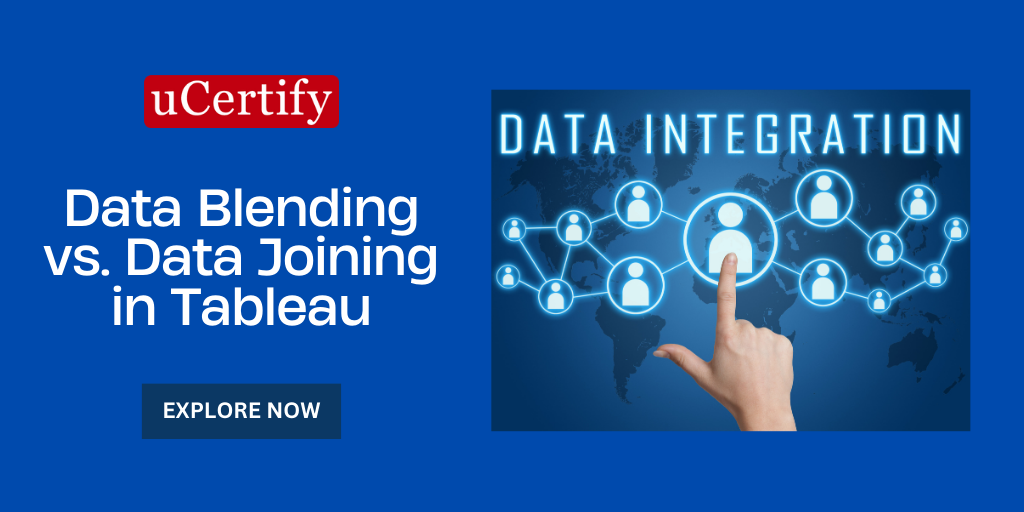
In today’s data-driven world, the terms “data analytics” and “data science” are often used interchangeably. However, these fields, while closely related, have distinct focuses and applications. Let’s dive into the key differences between data analytics and data science to help you understand which path might be right for you.
Data Analytics: The Art of Extracting Insights
Data analytics primarily involves examining existing data to draw conclusions and support decision-making. It’s about answering specific questions and solving defined problems using historical data. Key aspects include:
- Descriptive analysis: What happened?
- Diagnostic analysis: Why did it happen?
- Predictive analysis: What might happen in the future?
Data analysts typically work with structured data and use tools like SQL, Excel, and visualization software to interpret and present findings.
Data Science: The Broader Landscape
Data science, on the other hand, is a multidisciplinary field that encompasses data analytics but goes beyond it. Data scientists not only analyze existing data but also:
- Develop new algorithms and statistical models
- Work with both structured and unstructured data
- Apply advanced machine learning techniques
- Focus on predictive and prescriptive analytics
Data scientists often have a stronger background in mathematics, statistics, and programming. They use languages like Python and R to build complex models and machine learning algorithms.
Key Differences:
- Scope: Data analytics is more focused, while data science is broader and more exploratory.
- Tools: Data analysts primarily use business intelligence tools, while data scientists often code their own algorithms.
- Skills: Data science requires more advanced programming and mathematical skills.
- Outcomes: Data analytics typically answers specific business questions, while data science can lead to the development of new products or methodologies.
Which Path Should You Choose?
Both fields offer exciting career opportunities. If you enjoy working with existing data to solve specific problems and communicate insights, data analytics might be your calling. If you’re passionate about creating new algorithms, working with big data, and developing predictive models, data science could be the right path.
Enhance Your Skills with uCertify
Whether you’re interested in data analytics or data science, continuous learning is key to success in these rapidly evolving fields. uCertify offers comprehensive courses in both data analytics and data science to help you advance your skills and career.
By enrolling in uCertify’s Data Analytics or Data Science courses, you’ll gain hands-on experience with industry-standard tools and techniques, learn from real-world case studies, and develop the skills employers are looking for in today’s data-driven job market.
Remember, the line between data analytics and data science is often blurred in practice, and many professionals develop skills in both areas over time. The most important thing is to start your journey and keep learning!
If you are an instructor, avail the free evaluation copy of our courses and If you want to learn about the uCertify platform, request for the platform demonstration.
P.S. Don’t forget to explore our full catalog of courses covering a wide range of IT, Computer Science, and Project Management. Visit our website to learn more.


_000VYH.png)

_000VuE.png)